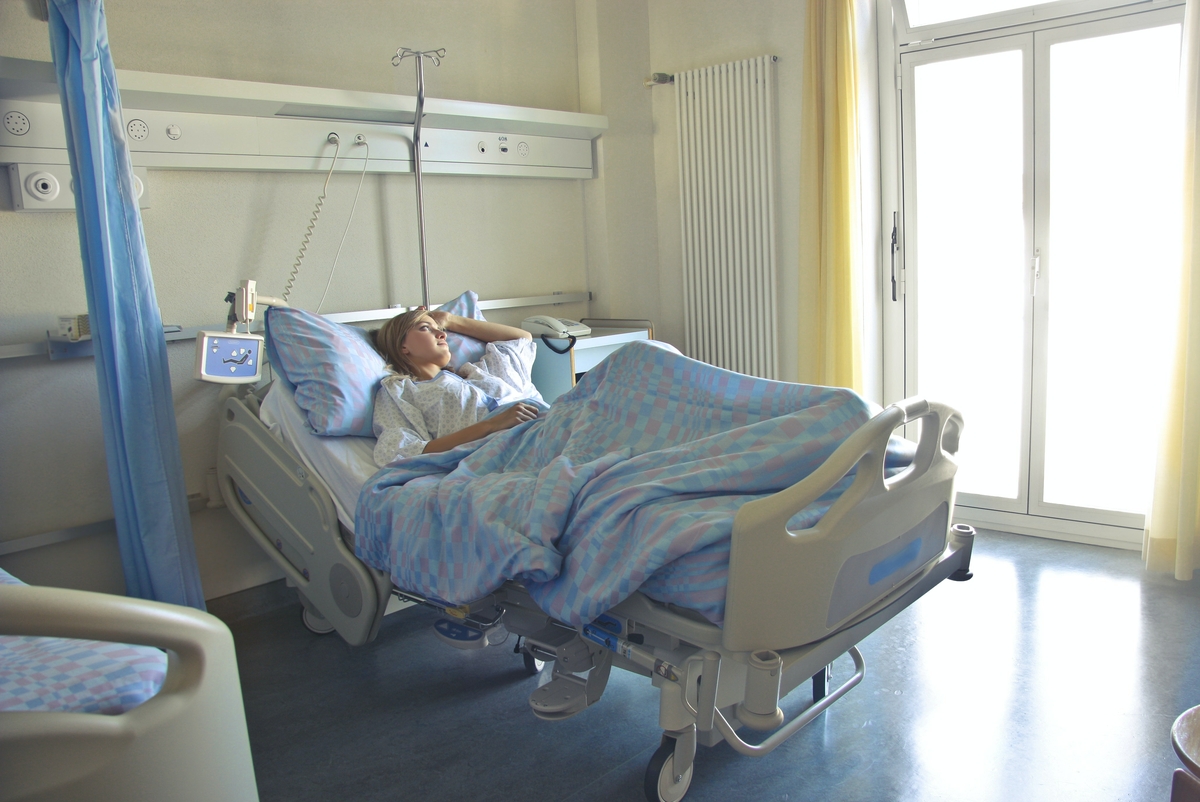 The position paper on Patient Safety sets out a series of cross-sectoral recommendations designed to enhance safety in healthcare. It underscores the importance of personalised, patient-centred care and effective infection control; highlights the urgency of addressing shortages of both healthcare professionals and medical products; and calls for the monitoring of individual and systemic errors to foster safer conditions for both patients and staff.
The position paper on Patient Safety sets out a series of cross-sectoral recommendations designed to enhance safety in healthcare. It underscores the importance of personalised, patient-centred care and effective infection control; highlights the urgency of addressing shortages of both healthcare professionals and medical products; and calls for the monitoring of individual and systemic errors to foster safer conditions for both patients and staff.
In its position paper, EAHP:
- Calls on national governments and health system providers to guarantee an adequate number of hospital pharmacists, as well as a full utilisation of pharmacy services, and to include hospital pharmacists in clinical risk working groups, in order to improve personalised and patient-centred care.
- Recommends a wider application of different risk management tools, including but not limited to automated single unit dose barcoding, risk management procedures, consideration of human errors due to ineffective communication or poor understanding of the issue, as well as quality control committees and computerised order entry systems in hospitals to lower the incidence of medication errors for the benefits of patients. EAHP recommends that hospitals implement medicines processes that avoid transcription and duplication of prescribed medicines at each step of the patient journey.
- Advocates for the uptake of closed loop medication management to facilitate a safe, faster and more accurate administration of medicines and -in the countries where this applies- use of medical devices in hospitals.
- Recommends the implementation of clinical pharmacy services that can ensure the medication appropriateness, reconciliation and the personalisation of therapies to further enhance the safety and the quality of the pharmaceutical care in Europe, making available both technical skills and non-technical skills.
- Recommends adopting a patient-centred and engagement approach to improve therapy safety with an approach focused on listening to clinical and social needs.
- Requests the strengthening of interprofessional collaboration and communication among healthcare personnel in all healthcare settings to establish a therapeutic alliance beneficial to clinical risk prevention.
- Recommends the universal application of infection prevention and control measures by the European Centre for Disease Prevention and Control (ECDC) and WHO among healthcare professionals, creating a bridge between hospital and non-hospital facilities.
- Recommends policymakers and regulatory authorities at the European and national level collaborate with healthcare providers and technology developers in establishing frameworks guaranteeing patient safety in all technological applications, including the enforcement of stringent data privacy and cybersecurity measures while training healthcare professional and patients to a safe and correct use of new technologies.
Read EAHP’s Position Paper on Patient Safety HERE
Conceptual framework of patient prioritisation & definition of pharmaceutical acuity
Limited healthcare resources, a rise in demand for services and the emergence of a global pandemic has meant that hospital pharmacy teams are seeking out ways to work more efficiently to maintain patient safety. One such approach is the use of prioritisation tools that direct the delivery of pharmacy services to patients who need them most.
Indeed, the European Statements of Hospital Pharmacy asserts that ‘Hospital pharmacists should develop, in collaboration with other stakeholders, criteria and measurements to enable the prioritisation of hospital pharmacy activities’. However, although there are many tools or processes in use to support prioritisation, there is ambiguity and variation in terminology when describing this process.
The term ‘patient acuity’ is commonly used within nursing and other areas of healthcare to determine a patient’s requirements for care and several definitions of this term exist. In pharmacy, the word acuity is sometimes used to describe a patient’s need for pharmaceutical care; yet, it has not been defined nor explained.
Therefore, the University of Manchester and EAHP partnerts to develop This project that aims to develop a conceptual framework of patient prioritisation for pharmacy services and a definition of pharmaceutical acuity. This will provide a shared understanding both within the pharmacy profession and across the wider healthcare team as to the meaning and purpose of acuity in the context of pharmaceutical care as well as inform the future research agenda in this area.
The full report can be found here
The agreed definition for Patient acuity was:
“Pharmaceutical acuity is an attribute of a patient, determined by an assessment of the likely requirement for pharmacy services, and used to direct and prioritise pharmacy workflow and workforce to ensure the right patient is seen by the right pharmacy professional at the right time – an approach that seeks to reduce medication-related problems and ensure person-centred care.”
EAHP Opinion on Patient Information
Data holds power and is essential for many different reasons. Health data is particularly sensitive and thus subject to strict rules. Healthcare professionals who are bound by the obligation of medical secrecy provide an additional layer of protection. The digitalisation of healthcare is not only revolutionising treatment options but also impacting patient information which in the past has been defined as the health information contained in health records that is vital for the work of healthcare professionals, including hospital pharmacists. In a digitalised world, the scope of patient information is however growing. Their (health) data is no longer only stored in health records but is increasingly linked to apps or other digital tools.
Hospital pharmacists as frontline healthcare professionals are best placed to inform patients of the pitfalls that applications and barcodes hold. To ensure that they remain abreast of all the latest developments, EAHP calls on governments and health systems to give adequate support to healthcare professionals in keeping their digital health competencies up to date. A specific focus should be put on the promotion of digital health literacy among healthcare professionals and patients.
In addition to safeguarding patient information contained in electronic health records, it must also be ensured that hospital pharmacists can access this information. Not only would this support the seamless transfer of patient care between healthcare settings, but it would also facilitate clinical services conducted by hospital pharmacists at admission, an inpatient period and discharge, like medicine reconciliation or medication therapy management. EAHP urges national authorities to provide access to health records of patients to hospital pharmacists.
Read the EAHP Opinion on Patient Information HERE.



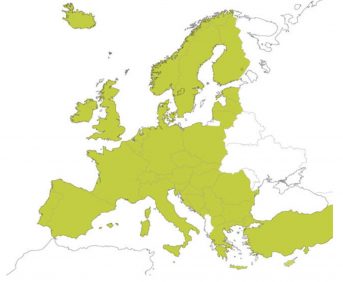

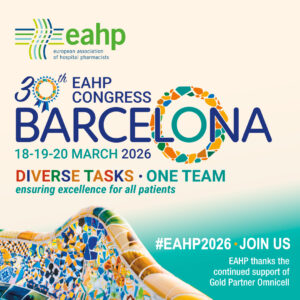

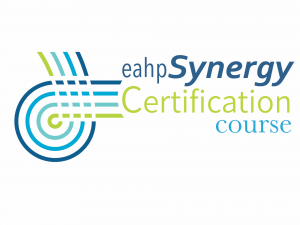
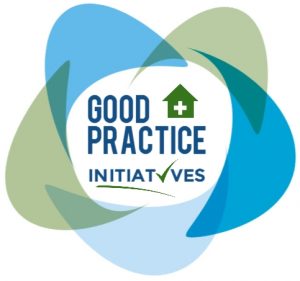


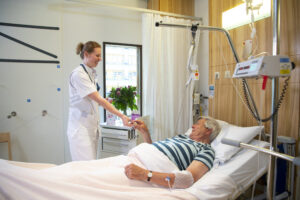
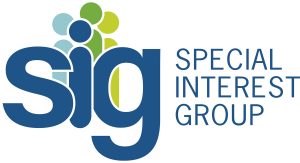

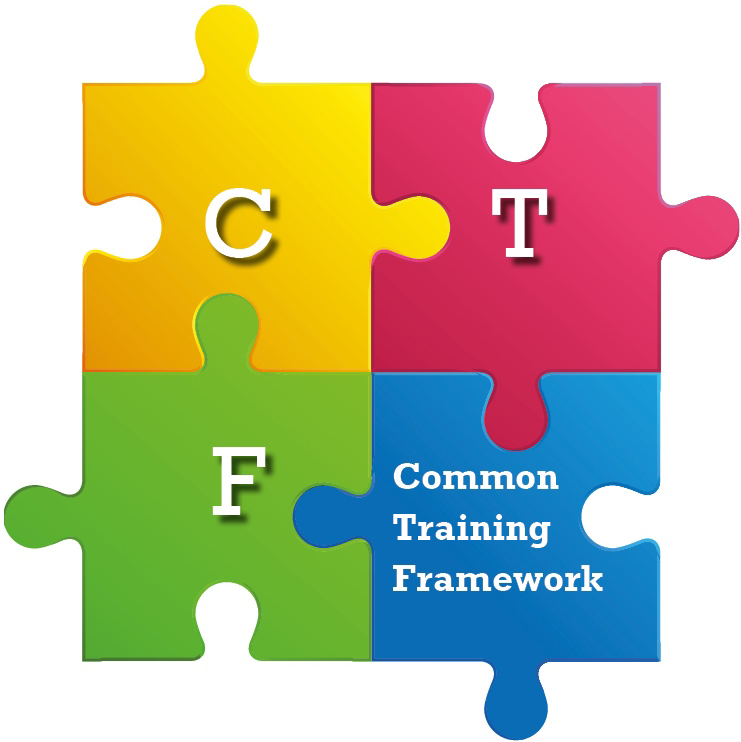
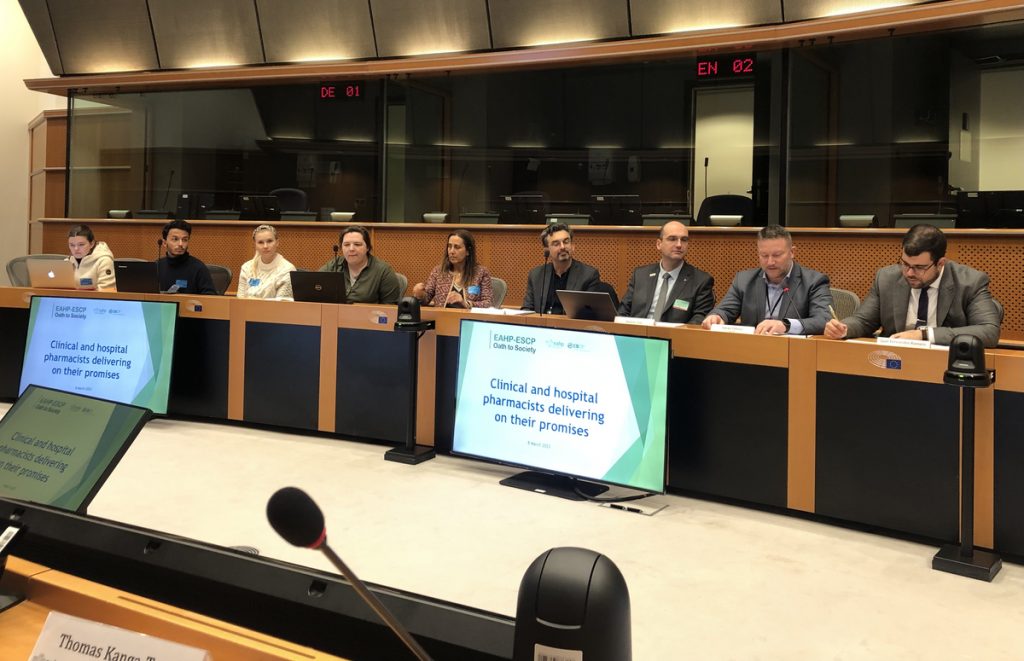
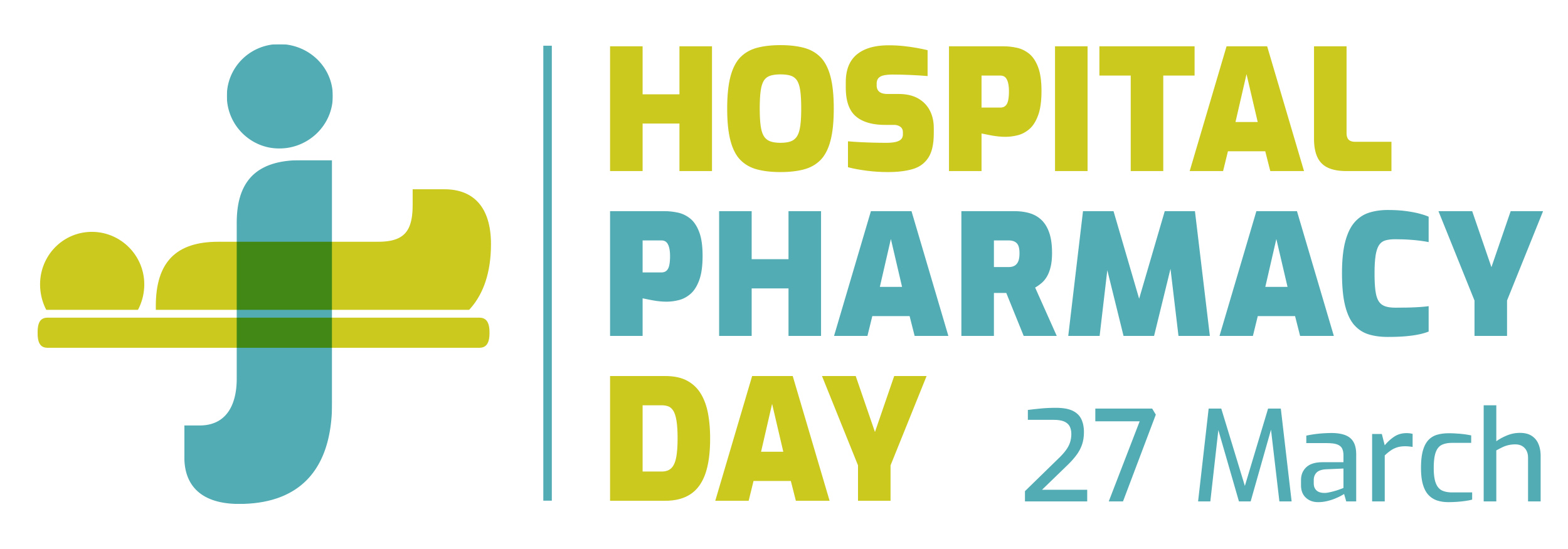


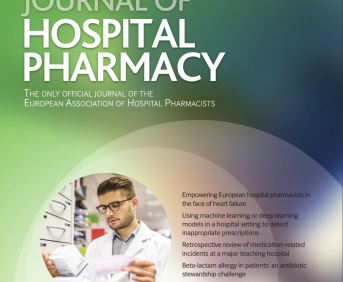



 The position paper on Patient Safety sets out a series of cross-sectoral recommendations designed to enhance safety in healthcare. It underscores the importance of personalised, patient-centred care and effective infection control; highlights the urgency of addressing shortages of both healthcare professionals and medical products; and calls for the monitoring of individual and systemic errors to foster safer conditions for both patients and staff.
The position paper on Patient Safety sets out a series of cross-sectoral recommendations designed to enhance safety in healthcare. It underscores the importance of personalised, patient-centred care and effective infection control; highlights the urgency of addressing shortages of both healthcare professionals and medical products; and calls for the monitoring of individual and systemic errors to foster safer conditions for both patients and staff.
